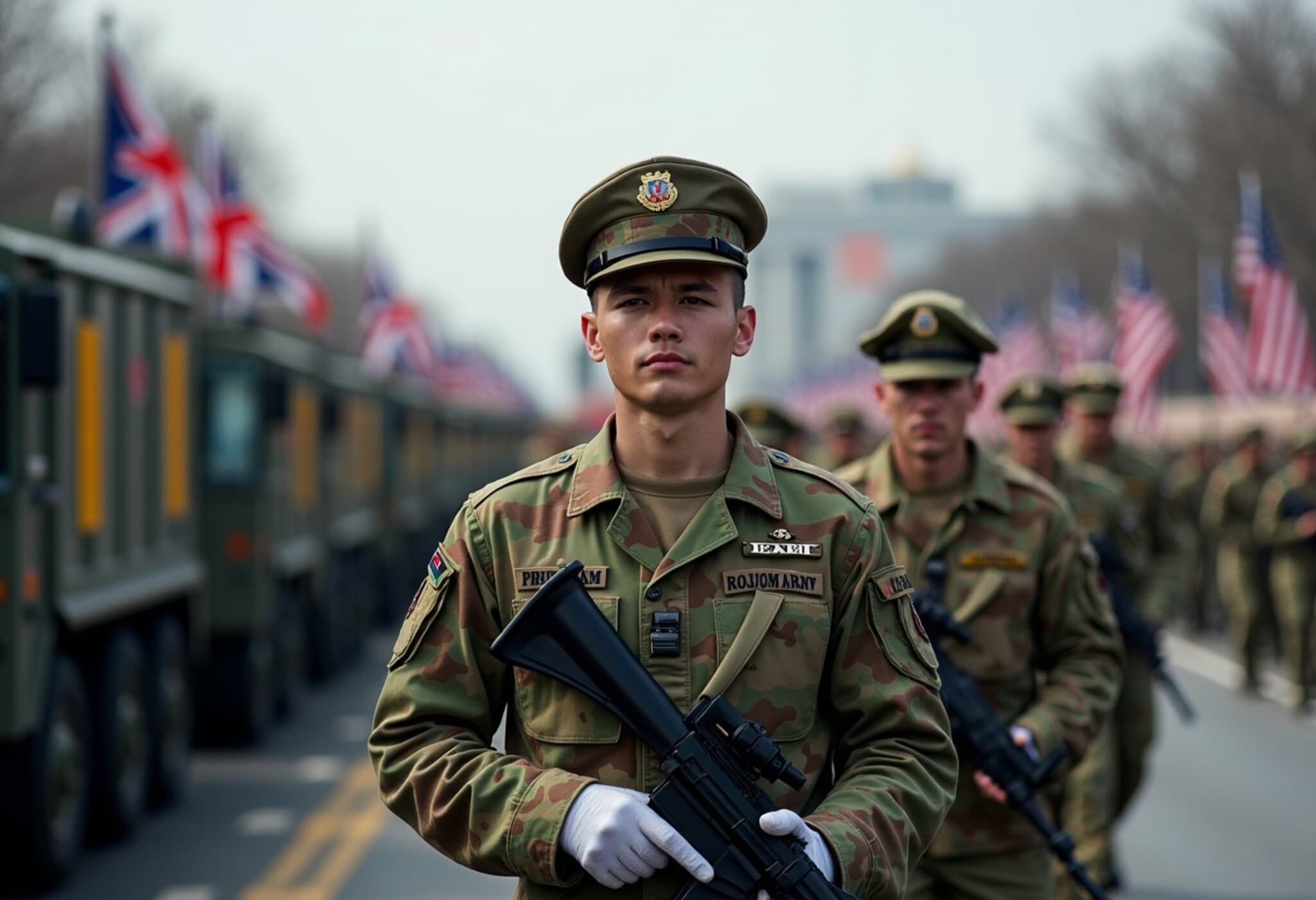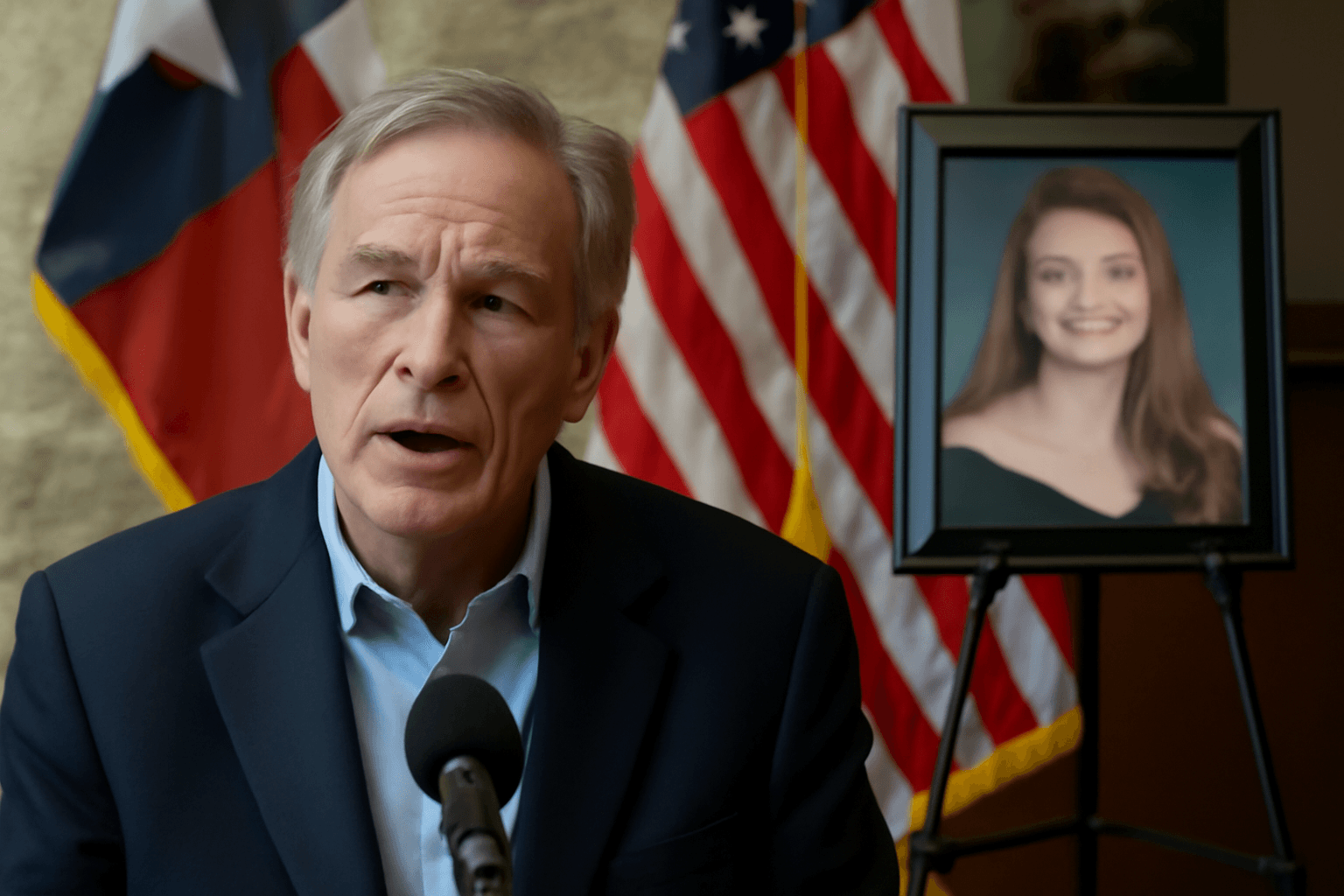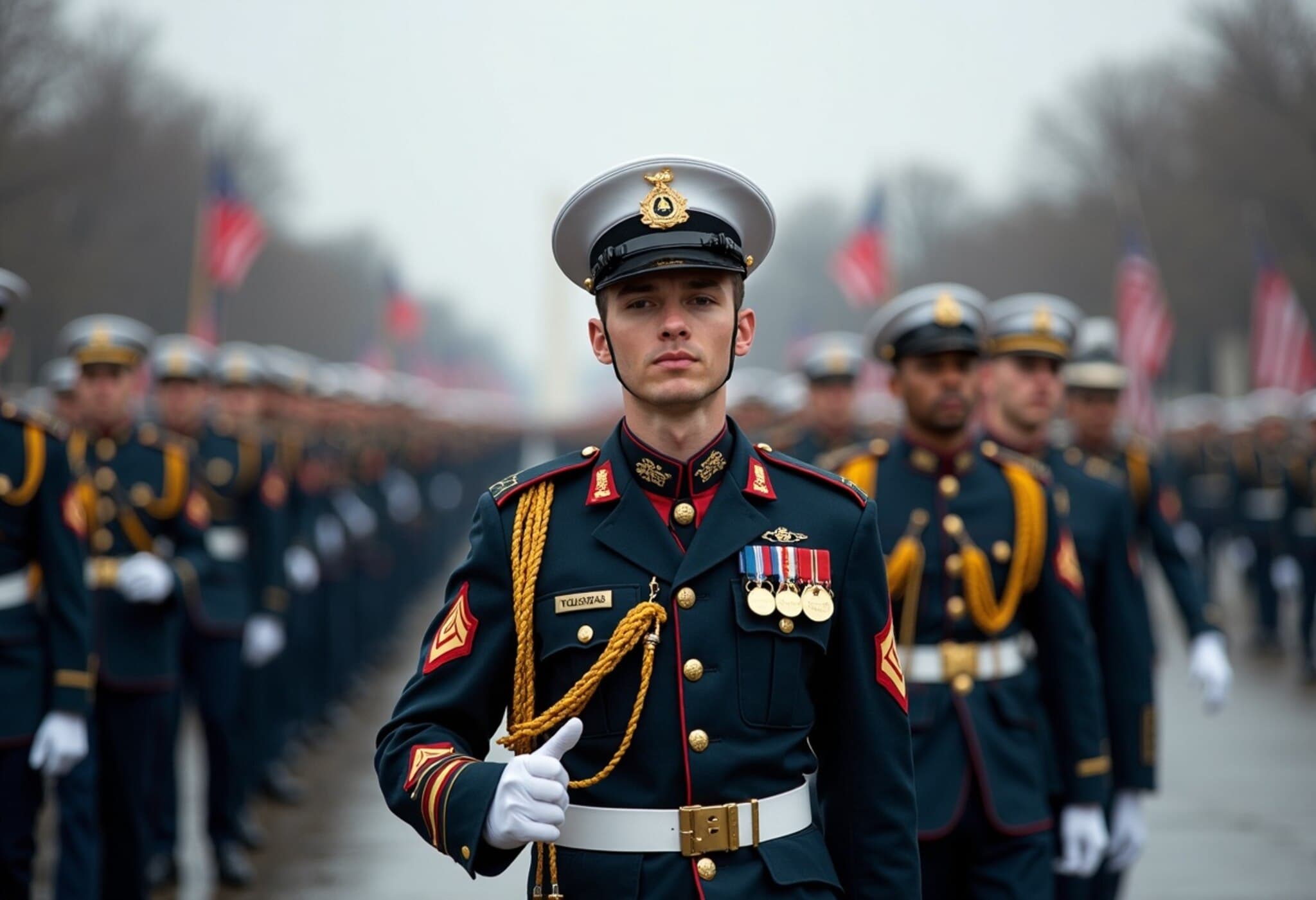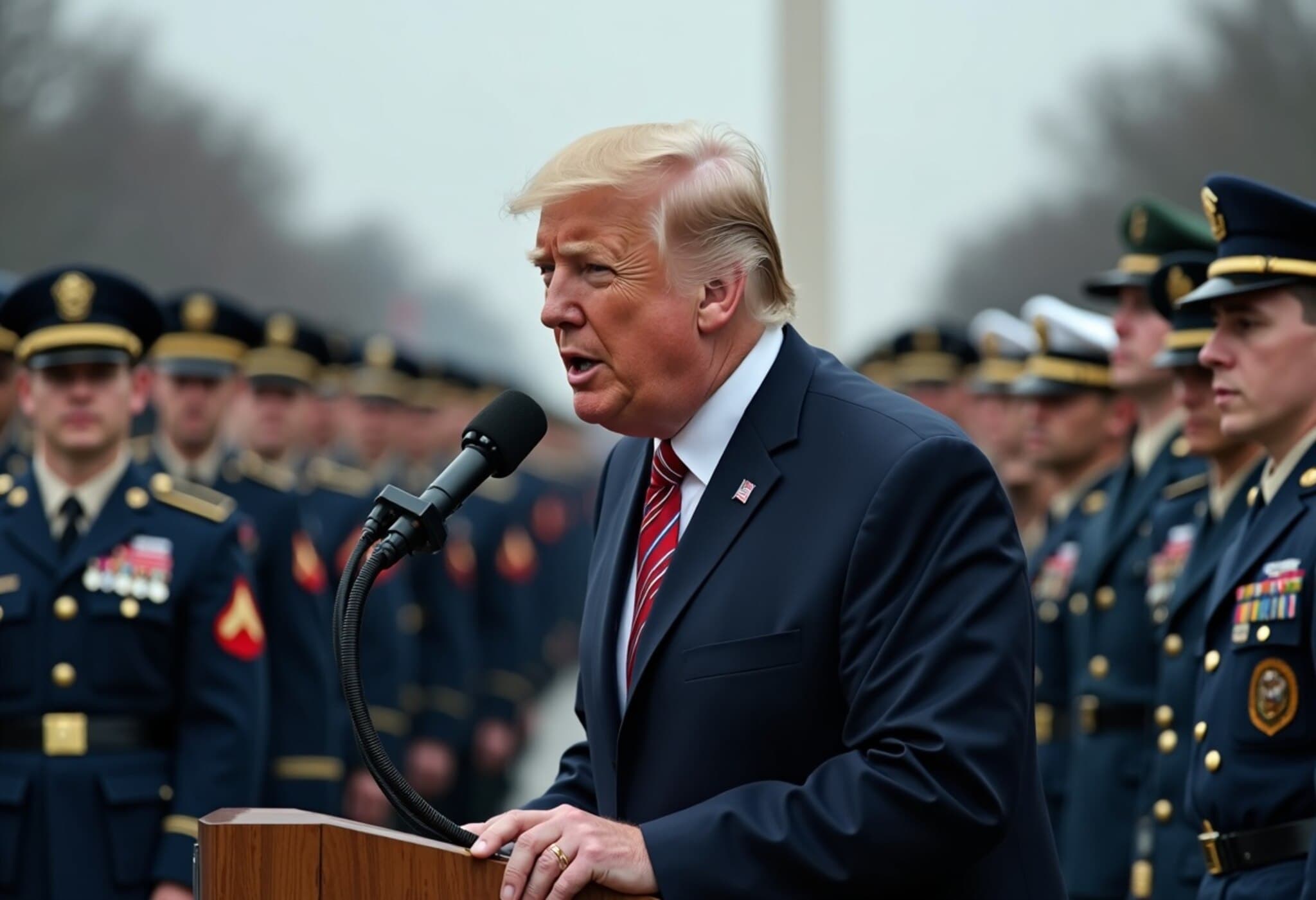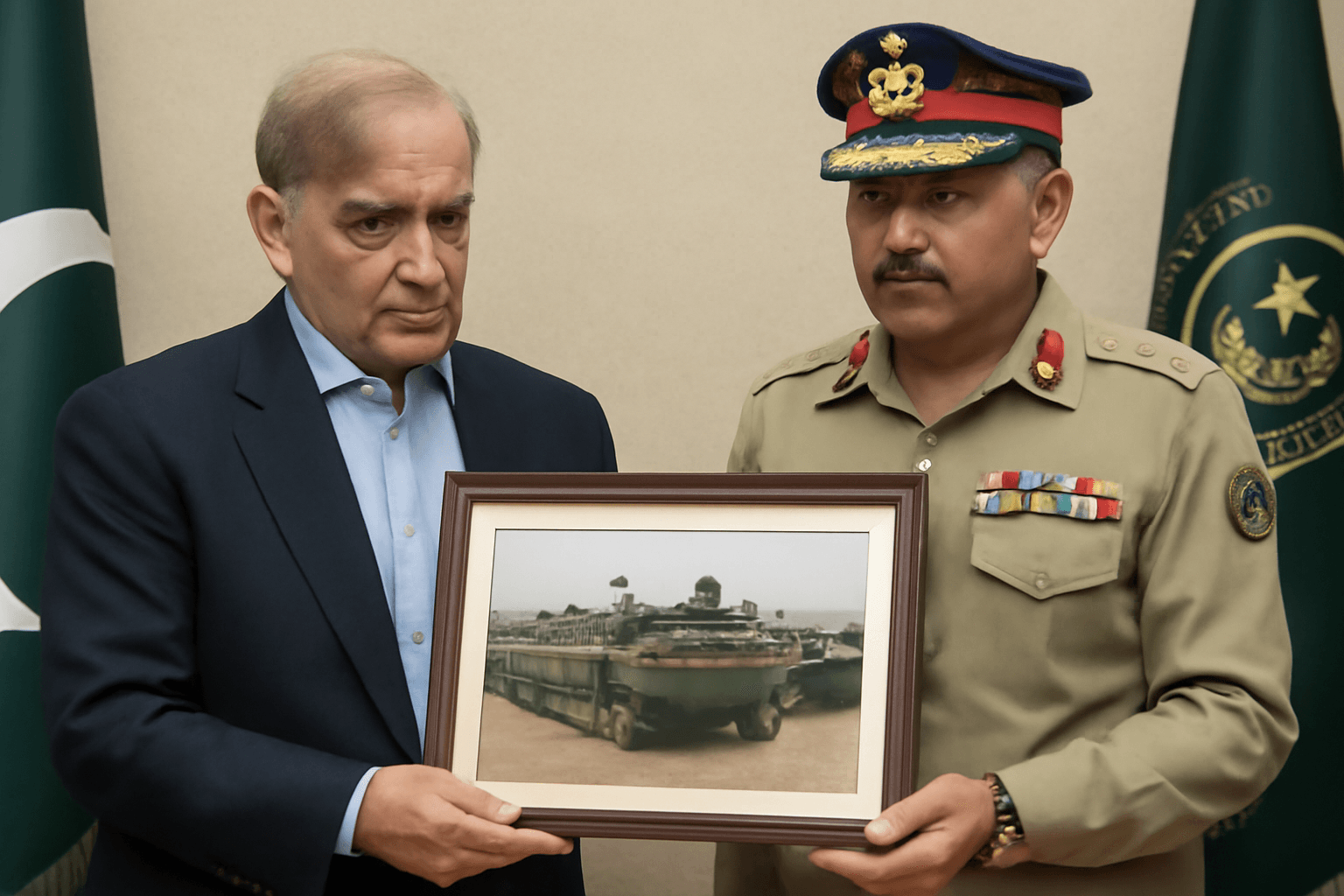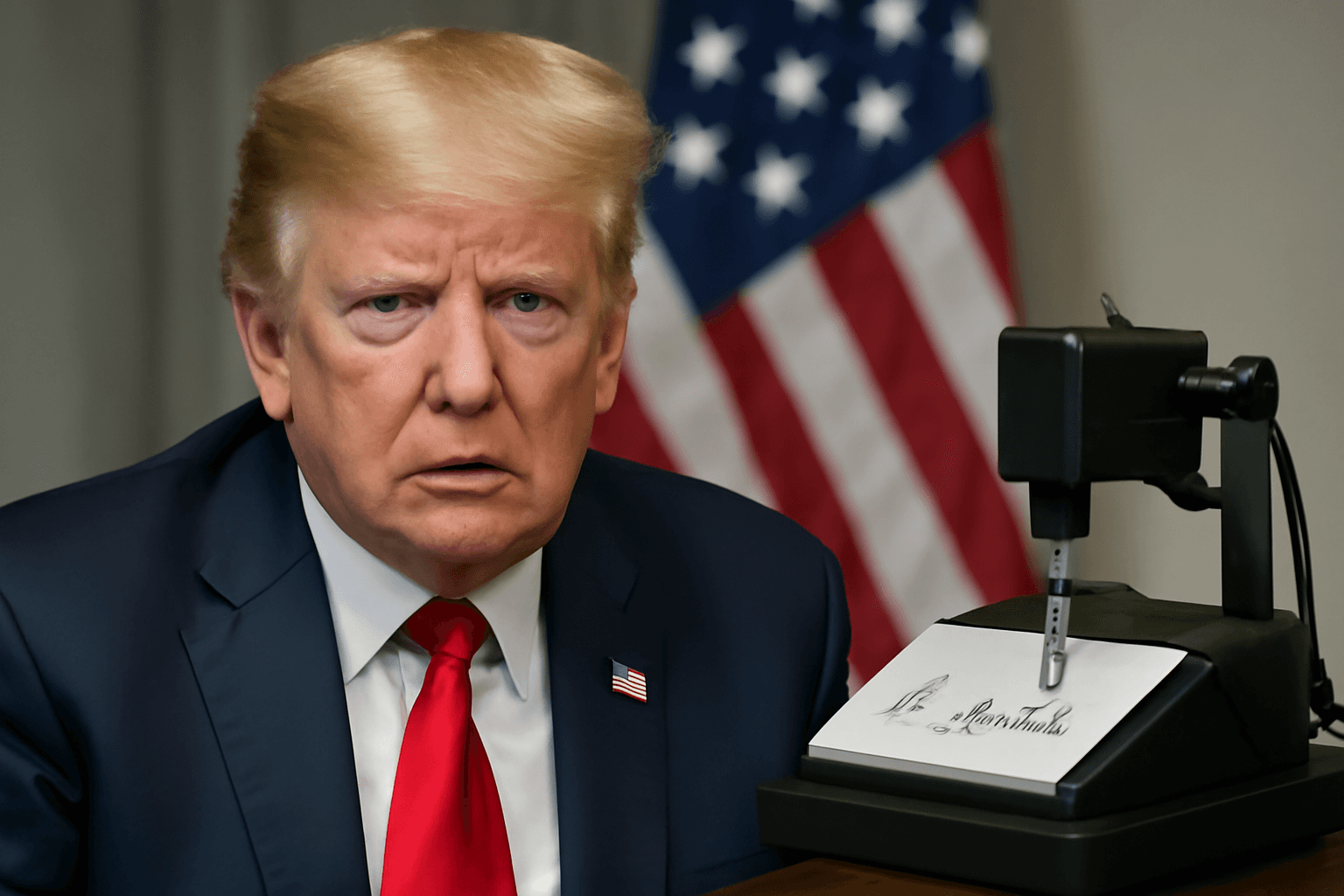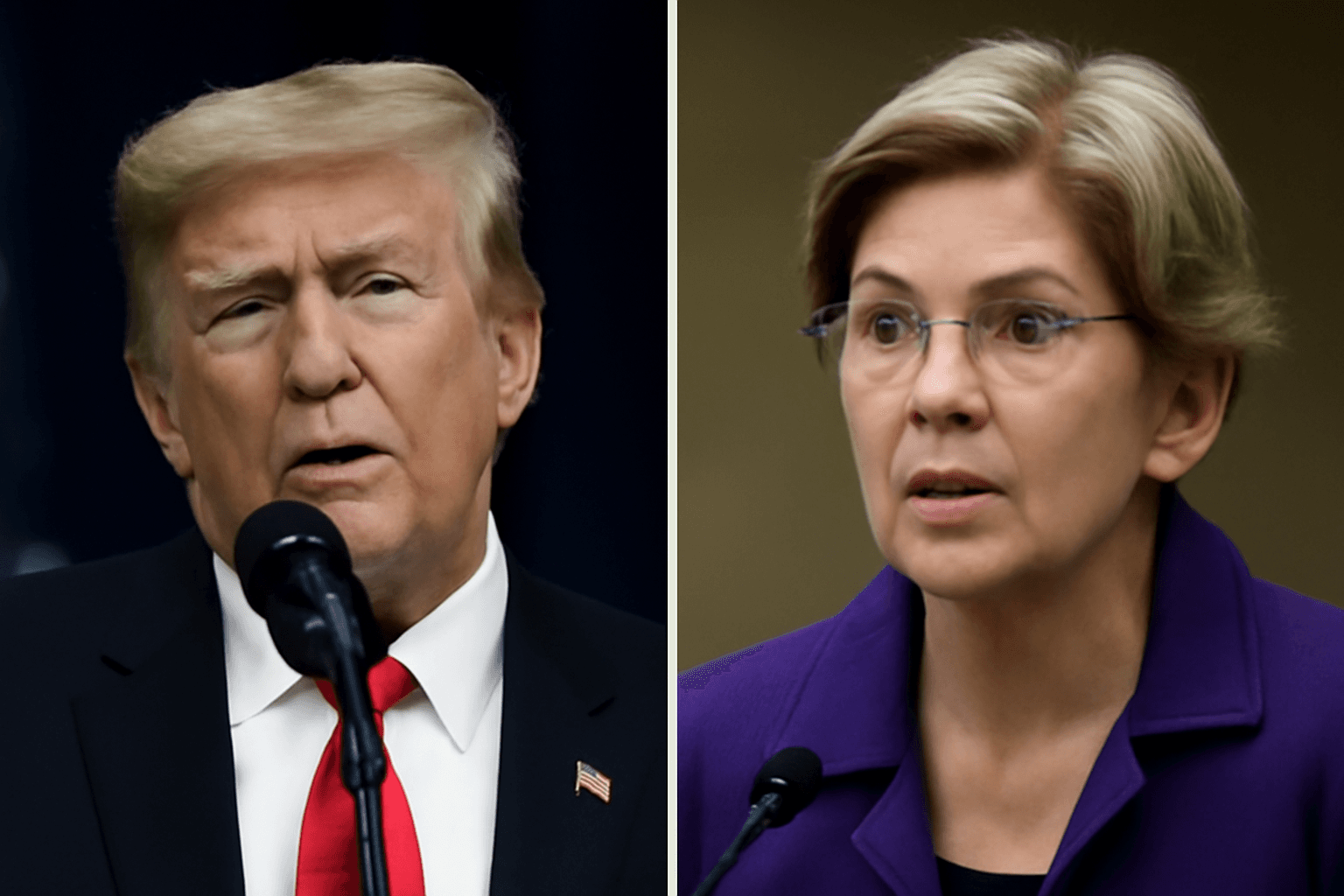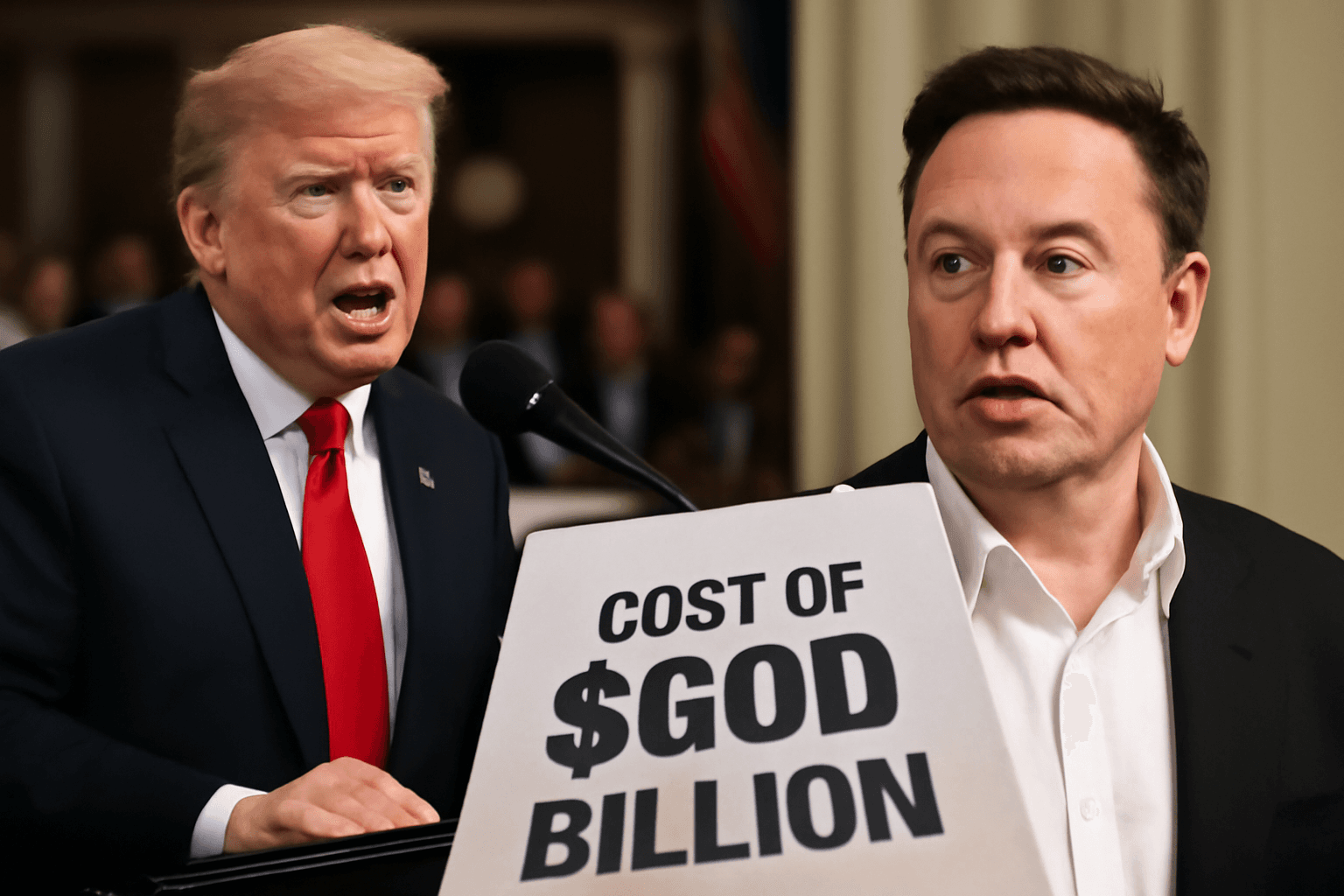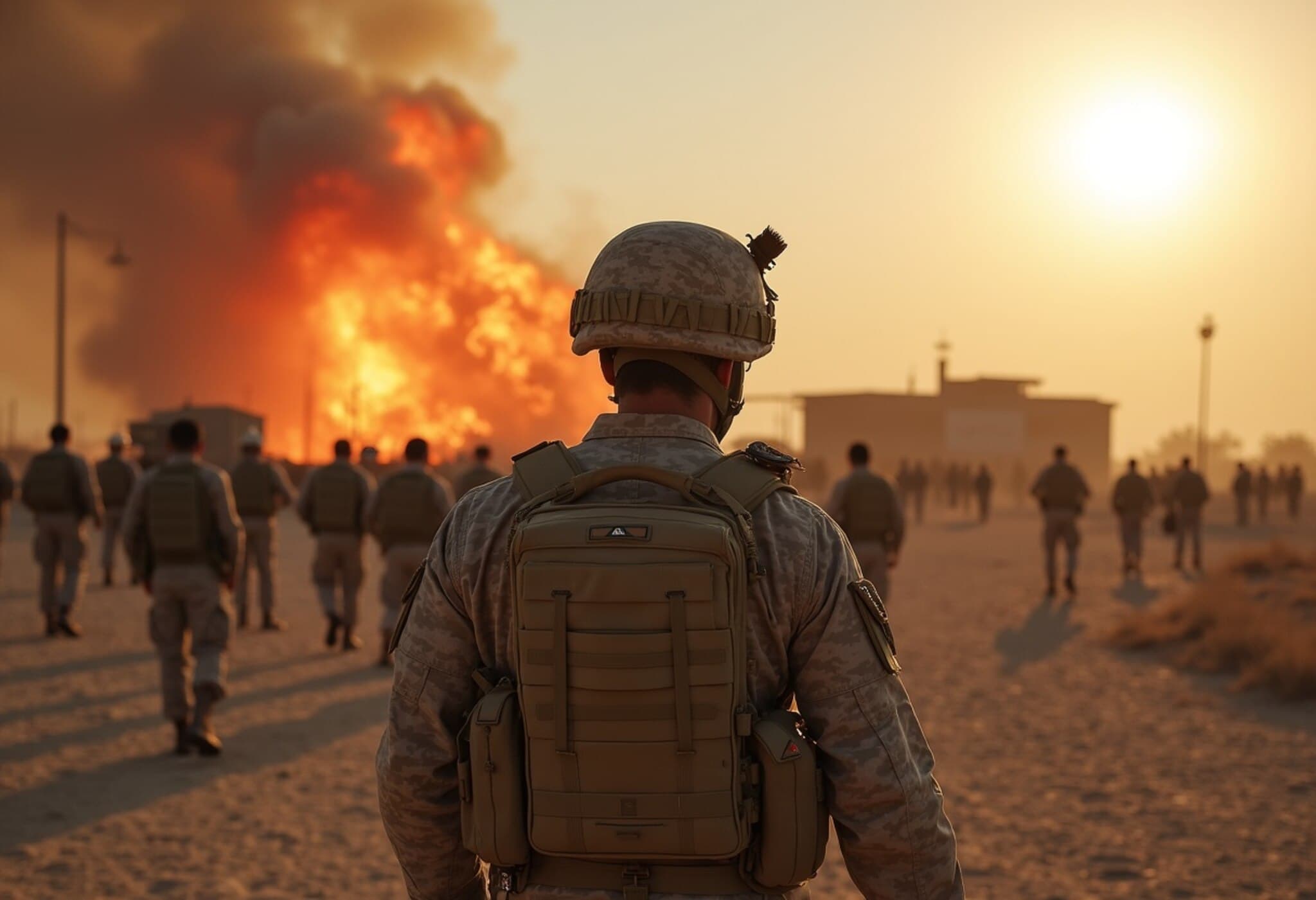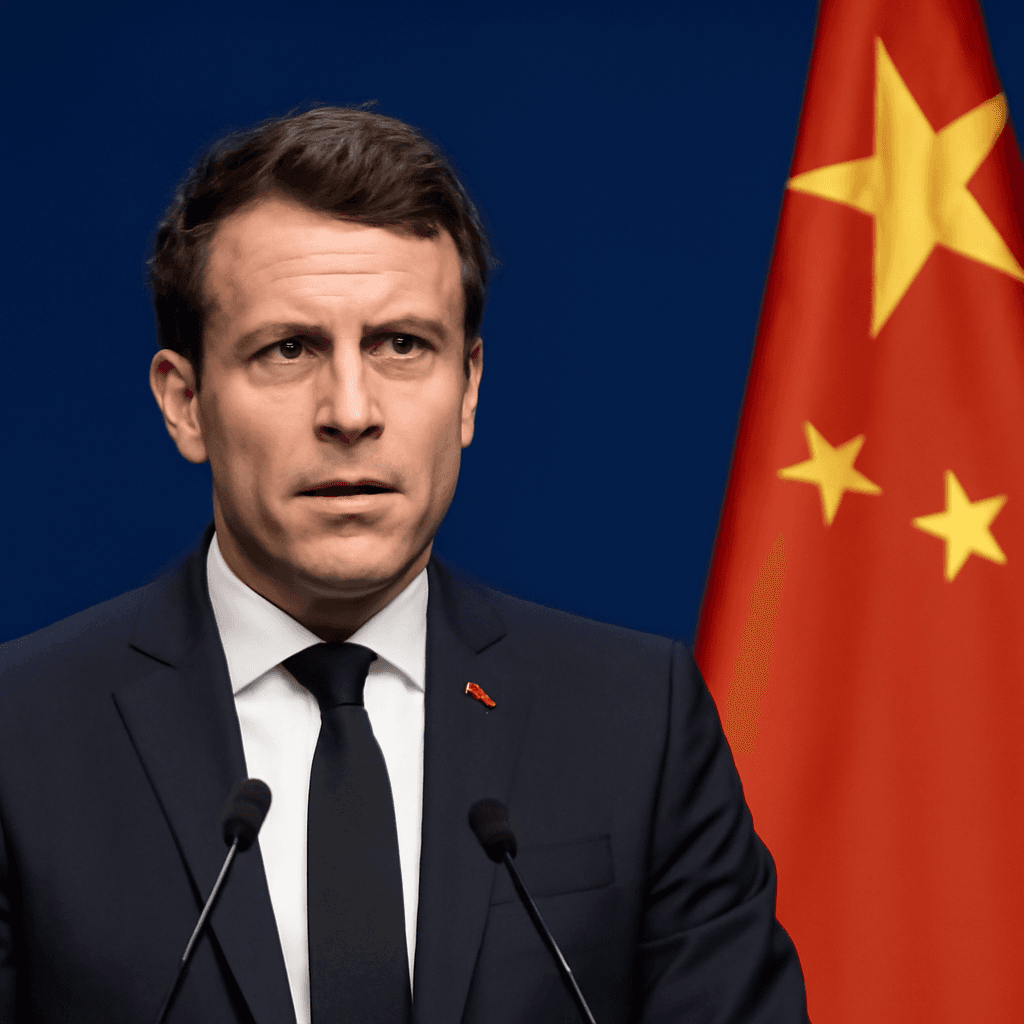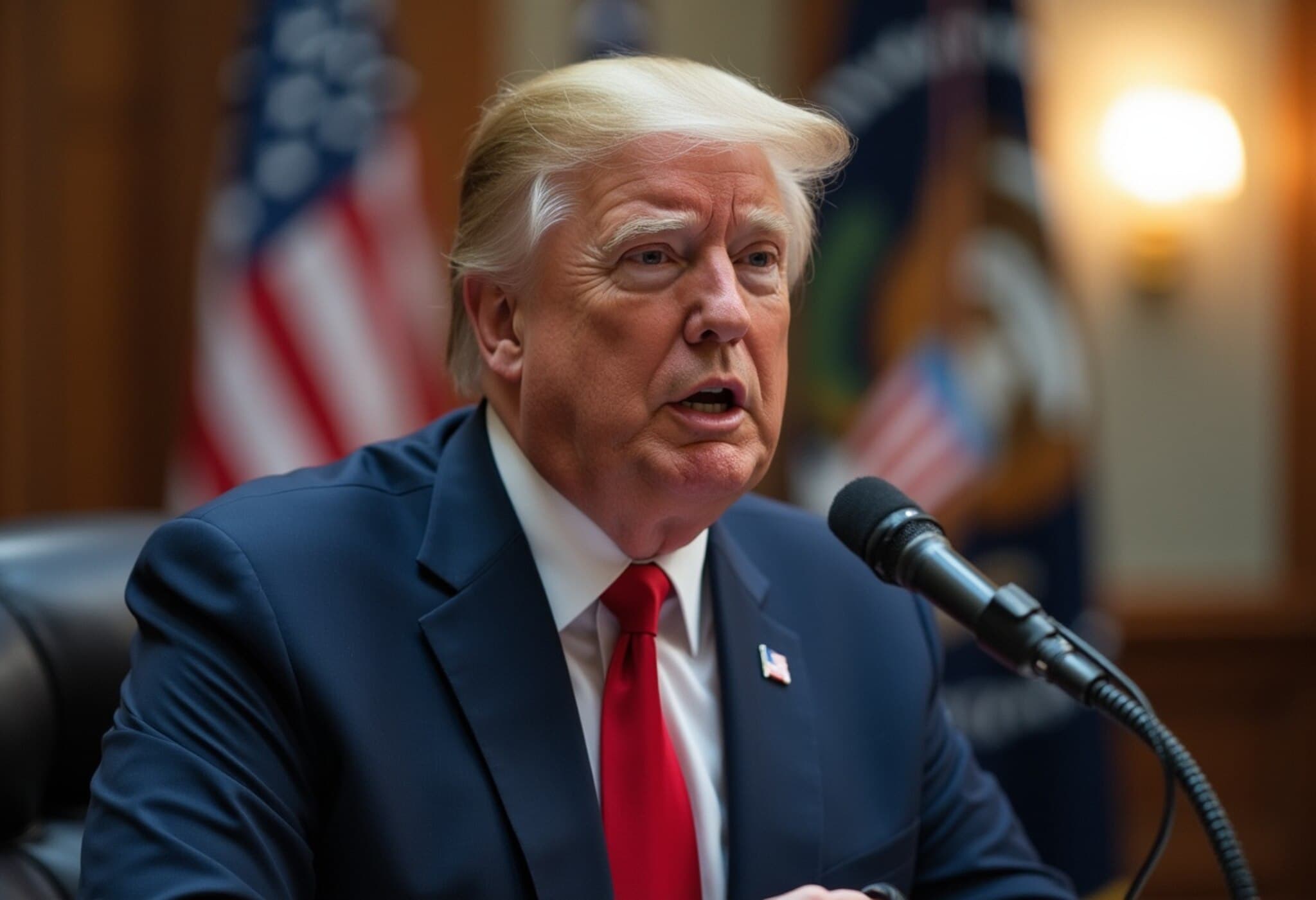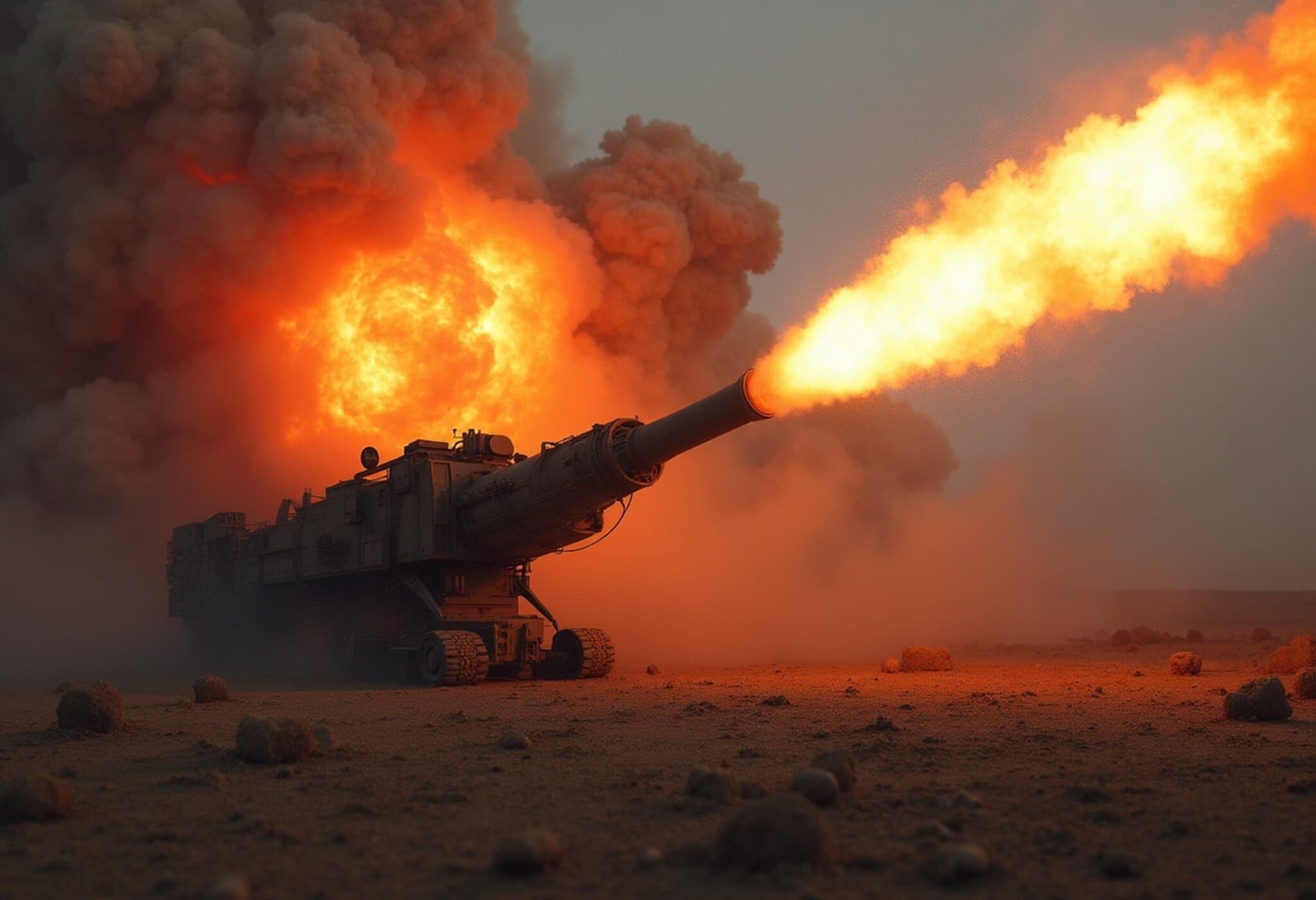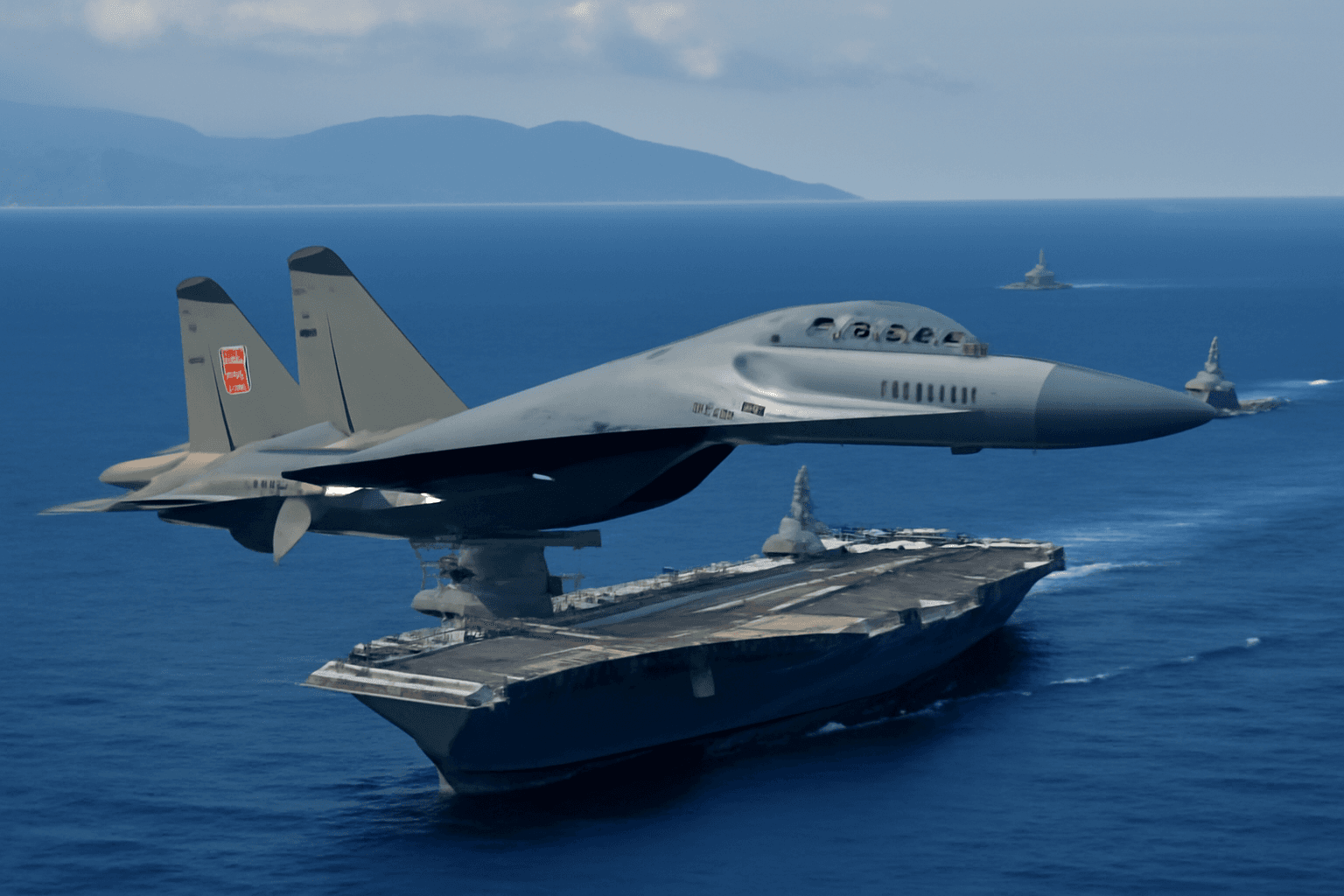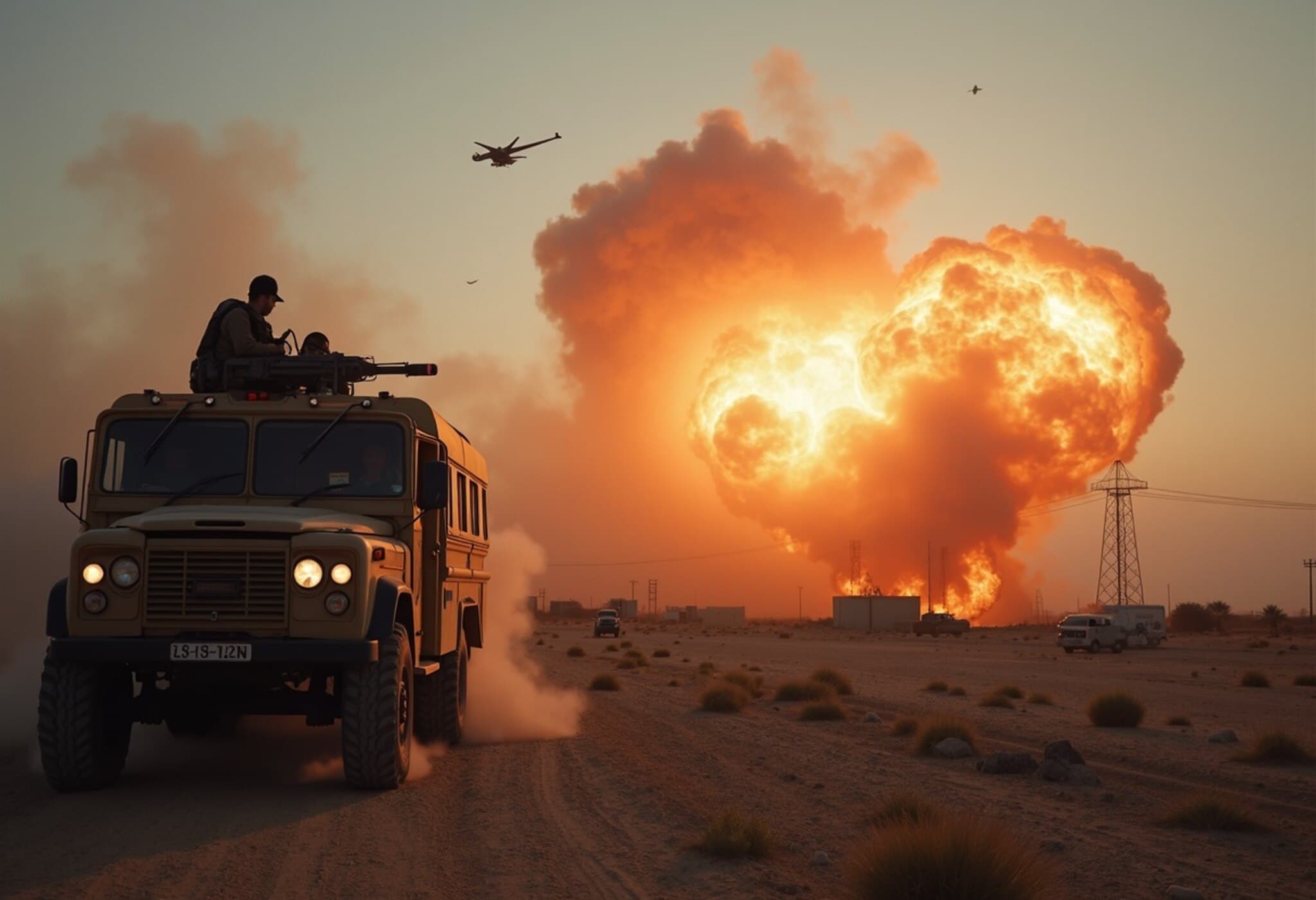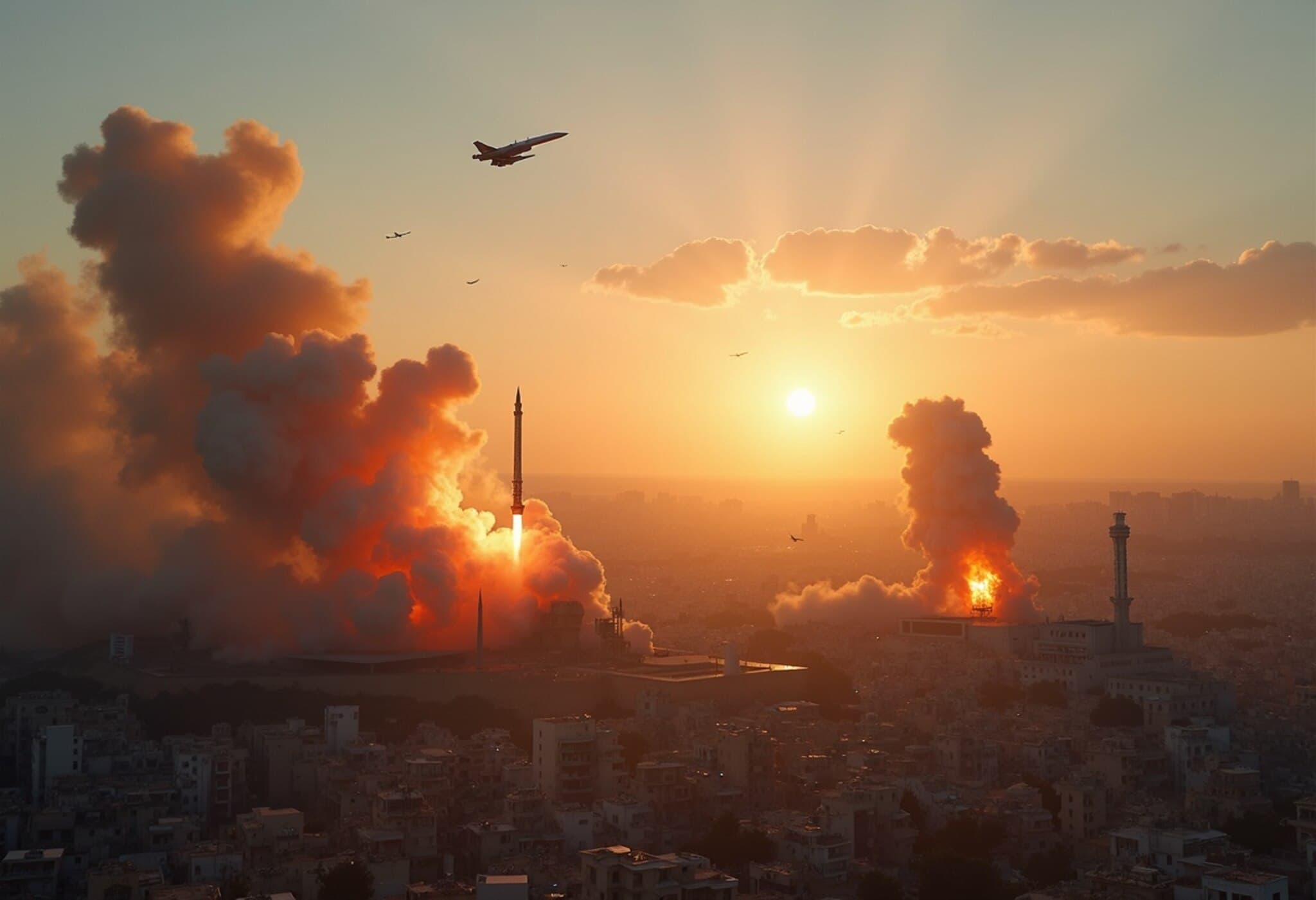Trump's Military Parade: A Festive Display Amid Tensions
As the nation prepares for a grand military parade in Washington, D.C., marking the U.S. Army's 250th birthday and coinciding with President Trump’s 79th birthday, several challenges threaten to overshadow the festivities. Scheduled for Saturday, this event is the first major military parade since 1991 and promises a spectacle of over 6,000 troops, armored vehicles parading along Constitution Avenue, and a flyover by dozens of military aircraft.
Historic Echoes Meet Contemporary Challenges
Drawing inspiration from post-Civil War and World War military celebrations, this parade is seen as a lavish show of American strength. However, the occasion unfolds against a complex backdrop: U.S. forces are actively participating in domestic immigration enforcement and providing aid to Israel amid regional missile threats from Iran.
While President Trump embraces the grandeur, even establishing a personal reviewing stand, Mother Nature may not cooperate. Forecasts indicate a significant risk of rain and possible thunderstorms, potentially dampening the outdoor festivities.
Political Undertones and Public Reactions
Unlike traditional military parades that honor service members, this event is viewed by some as politically charged. Experts note that the combination of celebrating the Army's milestone with the president’s own birthday adds a unique spin, intertwining the military spectacle with Trump's personal brand.
Critics argue the parade risks being an indulgence fueled by the president’s ego, potentially costing taxpayers up to $45 million. The imagery of armed military displays has often been associated with authoritarian regimes, stirring unease among many Americans.
Echoing this sentiment, some lawmakers and commentators have expressed discomfort with such a display. Senator Rand Paul, for example, noted his disapproval, cautioning against imitating the parades of countries like the former Soviet Union or North Korea.
Public Disapproval and Plans for Demonstrations
According to recent polling, a majority of Americans—64%—disapprove of the parade. Demonstrations under the banner “No kings” are expected around the capital and nationwide. Despite warnings of unrest, Trump insists the parade is a patriotic event, celebrating the U.S. and its military like never before.
Debate over Military Use in Domestic Affairs
The parade coincides with controversial domestic deployments of the military. The use of the National Guard and Marines in immigration enforcement and to manage protests has drawn fierce criticism. Democratic leaders have condemned the president’s rhetoric and tactics, calling the use of troops against peaceful protesters unconstitutional and un-American.
Retired military officers have also voiced disapproval, highlighting how many servicemembers involved may carry reservations but must comply with orders. One Navy rear admiral described the parade order as “stupid,” yet legally binding.
Division Among Political Allies
Even some Republicans who typically support Trump have questioned the parade’s necessity. Senator John Kennedy likened the U.S. to a lion that does not need to boast, suggesting that America’s strength is evident without spectacle.
Timing and Logistics Amid Uncertainty
Event organizers considered adjusting the parade’s 6:30 p.m. start time to avoid predicted thunderstorms but ultimately proceeded as planned. Preparations have included the arrival of heavy military equipment via rail, setting the stage for a grand display.
Reflection on Military Engagements and National Sentiment
While the parade celebrates military might, it also raises questions about the nation's recent military history. After decades of involvement in costly conflicts like Afghanistan and Iraq, current U.S. military engagement overseas has quieted. This contrast highlights the complexity of celebrating military power without recent battlefield victories.
Many Americans still remember the toll of those prolonged wars, which ended without parades for returning troops. Perspectives from veterans emphasize that honoring service members directly, rather than grand shows, might better reflect the nation's gratitude.
In sum, the upcoming military parade encapsulates a moment of both pomp and polarization, set against weather uncertainties and a politically charged atmosphere at home and abroad.

